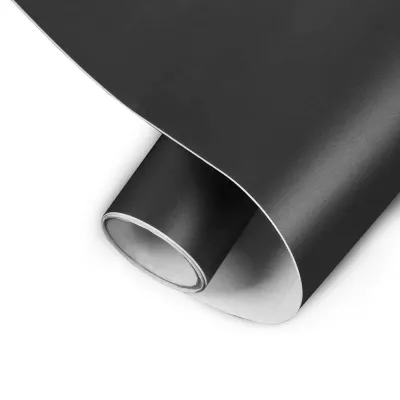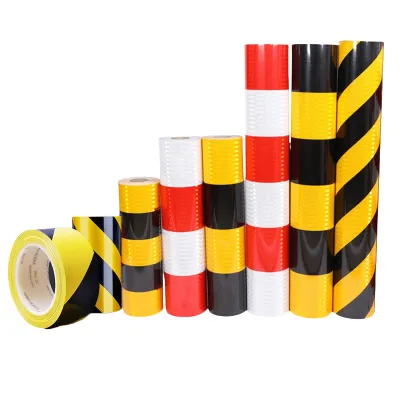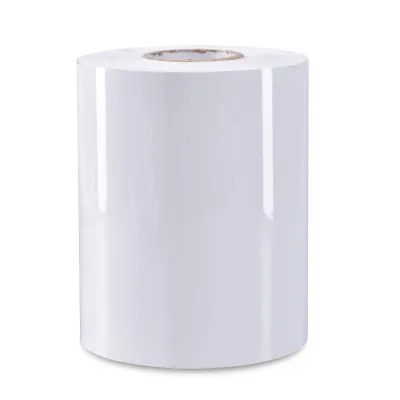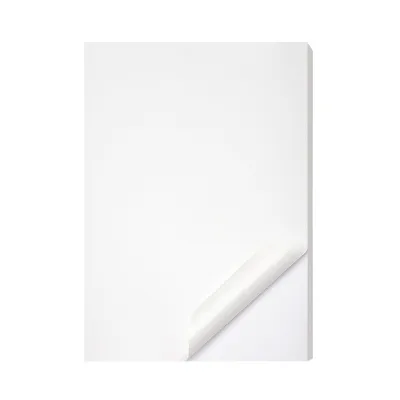Types of Heat-resistant Label Papers: A Brief Overview
Sticker labels play a crucial role in various industries, providing essential information and enhancing the visual appeal of products. When it comes to selecting the right label paper, heat resistance is often a critical factor to consider. In this article, we will provide a comprehensive overview of the different types of heat-resistant label papers available in the market.
1. Thermal Transfer Labels
Thermal transfer labels are widely used in industries where durability and heat resistance are paramount. These labels are created by transferring ink from a ribbon onto the label material using heat. The label material, typically made of synthetic materials like polyester or polypropylene, is designed to withstand high temperatures without smudging or fading. Thermal transfer labels are commonly used in industrial applications, such as automotive parts, electronics, and chemical containers.
2. Direct Thermal Labels
Direct thermal labels are another popular choice for heat-resistant applications. Unlike thermal transfer labels, direct thermal labels do not require a ribbon. Instead, they use a special heat-sensitive coating on the label material that darkens when exposed to heat. This coating provides excellent resistance to heat, making direct thermal labels suitable for applications such as shipping labels, receipts, and barcode labels.
3. Synthetic Labels
Synthetic labels are engineered to withstand extreme temperatures, making them ideal for heat-resistant applications. These labels are typically made from materials like polypropylene or polyester, which offer exceptional resistance to heat, moisture, chemicals, and UV exposure. Synthetic labels are commonly used in industries such as aerospace, automotive, and electrical, where labels need to withstand harsh environments and high temperatures.
4. High-Temperature Labels
High-temperature labels are specifically designed to withstand extreme heat conditions. These labels are made from specialized materials, such as ceramic or metalized polyester, which can resist temperatures exceeding 600°F (315°C). High-temperature labels find applications in industries like metal fabrication, furnace labeling, and industrial equipment identification.
5. Flame-Retardant Labels
Flame-retardant labels are crucial in industries where fire safety is a top priority. These labels are made from materials that meet specific fire safety standards and are designed to self-extinguish when exposed to flames. Flame-retardant labels are commonly used in electrical equipment, appliances, and automotive applications where there is a risk of fire or high heat exposure.
Conclusion
Choosing the right heat-resistant label paper is essential for industries that require labels to withstand high temperatures and harsh environments. Thermal transfer labels, direct thermal labels, synthetic labels, high-temperature labels, and flame-retardant labels are just a few examples of the diverse range of heat-resistant label papers available. By understanding the unique characteristics and applications of each type, businesses can ensure they select the most suitable label paper to meet their specific needs.
We offer comprehensive technical support, including free professional labeling solutions, advice on label materials and adhesive selection, as well as online/offline assistance from professional software and hardware engineers. Service email: andy@ownlikes.cn. In pre-sales, we leverage our extensive experience in specialty labeling projects to provide clients with the most suitable hardware solutions. Additionally, all our label barcode printers and scanners come with a three-year free warranty, demonstrating our confidence in our products.




